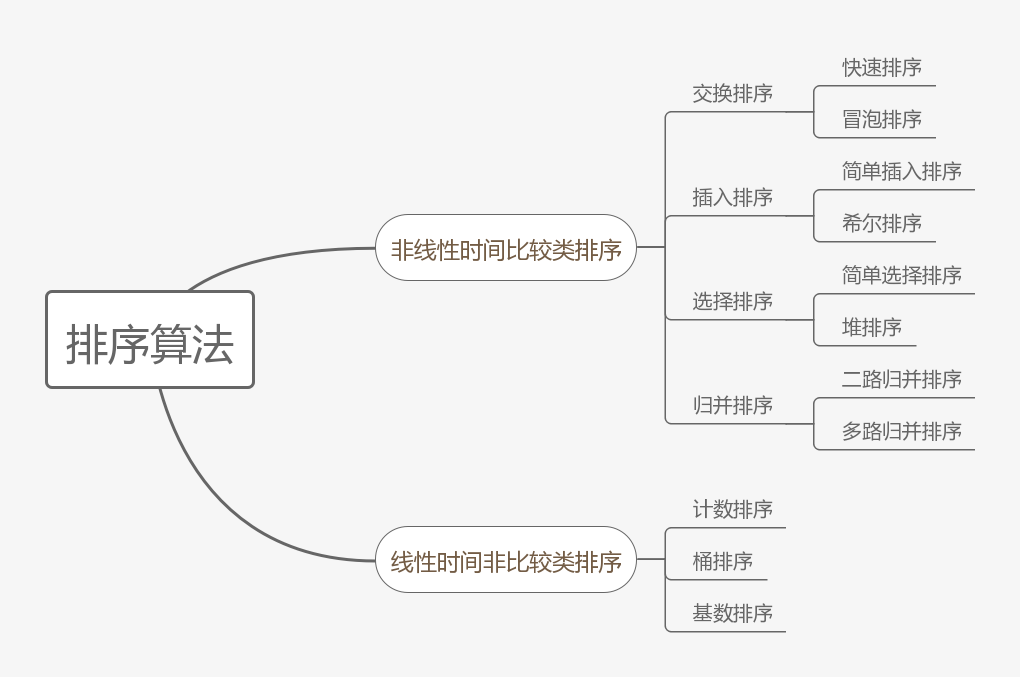Distinct Subsequences
题目描述
Given a string S and a string T, count the number of distinct subsequences of S which equals T.
A subsequence of a string is a new string which is formed from the original string by deleting some (can be none) of the characters without disturbing the relative positions of the remaining characters. (ie, “ACE” is a subsequence of “ABCDE” while “AEC” is not).
Example 1:
Input: S = “rabbbit”, T = “rabbit”
Output: 3
Example 2:
Input: S = “babgbag”, T = “bag”
Output: 5
解题思路
本题给出了字符串S和字符串T,要求找出S有多少个子字符串与T相同。
使用二维数组count,count[i][j]表示S的前j个字符组成的字符串有多少个子字符串与T的前i个字符组成的字符串相同,假设n为S字符串的长度,m为T字符串的长度,那么count[m][n]即为所求。具体步骤如下:
- 首先初始化数组的第一行count[0][j]=1,即当T为空串时,S有一个子字符串(空串)与T相同。
- 除第一行外,初始化数组的第一列count[i][0]=0,即当S为空串时,没有子字符串与T相同。
- 依次计算数组的每一行,当比较到S[j-1] == T[i-1]时,count[i][j] = count[i][j-1] + count[i-1][j-1],否则count[i][j] = count[i][j-1]。这是因为当S的当前字符与T的当前字符不相同时,我们并没有得到新的字符因此数量与前面相等;当S的当前字符与T的当前字符相同时,可从下列表格得出规律。
以样例1为例:
| Ø | r | a | b | b | b | i | t |
|---|---|---|---|---|---|---|---|
| Ø | 1 | 1 | 1 | 1 | 1 | 1 | 1 |
| r | 0 | 1 | 1 | 1 | 1 | 1 | 1 |
| a | 0 | 0 | 1 | 1 | 1 | 1 | 1 |
| b | 0 | 0 | 0 | 1 | 2 | 3 | 3 |
| b | 0 | 0 | 0 | 0 | 1 | 3 | 3 |
| i | 0 | 0 | 0 | 0 | 0 | 3 | 3 |
| t | 0 | 0 | 0 | 0 | 0 | 0 | 3 |
源代码
1 | class Solution { |

